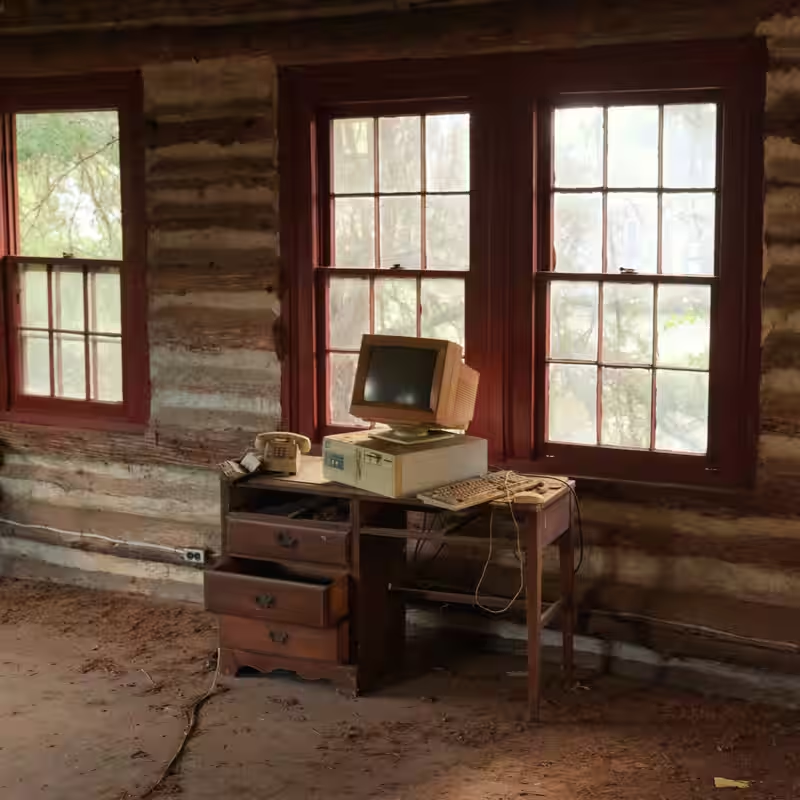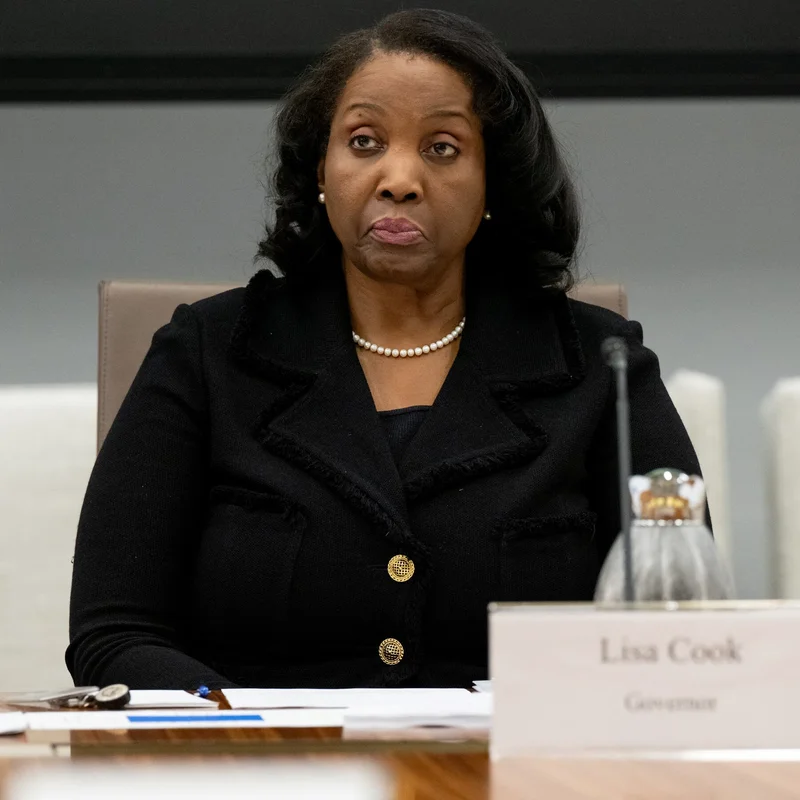The quiet shuttering of a small liberal arts college is more than just an institutional failure—it’s the unraveling of an entire community’s social and economic fabric. As more of these historic institutions vanish from the map, the towns that grew around them face a future of decline, disinvestment, and identity loss.
What Happens When a Liberal Arts College Closes?
When a college closes, the immediate impact is stark: faculty and staff lose jobs, students scramble for transfers, and local businesses that relied on campus traffic see sales plummet. But the long-term consequences run even deeper.
According to economic modeling by IMPLAN, the average college closure results in the loss of 265 local jobs and $14 million in labor income—a devastating blow to small towns where every dollar counts .
The Scale of the Crisis
Since 2022, at least 27 small liberal arts colleges have shut their doors nationwide. These closures have collectively wiped out nearly 7,200 jobs and erased $374 million in labor income from local economies .
And the trend shows no sign of slowing. Since March 2020, over 64 colleges—the vast majority being small, private liberal arts institutions—have either closed or announced imminent closure .
Why Liberal Arts Schools Are Especially Vulnerable
Unlike large research universities or state schools with massive endowments and athletic revenue streams, small liberal arts colleges operate on razor-thin margins. They depend heavily on tuition from a shrinking pool of traditional college-aged students and lack the brand power to attract international enrollment at scale .
As one analyst put it: “Schools with ESPN contracts will outlast struggling liberal arts colleges every time” .
More Than Just an Economic Anchor
These colleges are not just employers—they are cultural hearts. They host art exhibits, public lectures, theater performances, and youth programs that enrich community life. Their campuses often serve as gathering spaces, historical landmarks, and sources of local pride .
When they close, a town doesn’t just lose a business—it loses its identity.
Economic Ripple Effects: A Snapshot
| Impact Category | Average Loss per Closure |
|---|---|
| Direct & Indirect Jobs Lost | 265 |
| Labor Income Lost | $14 million |
| Local Business Revenue Drop | 15–30% |
| Property Value Decline (within 1 mile) | 8–12% |
Can These Towns Recover?
Some communities attempt to repurpose campus buildings for tech hubs, senior living, or charter schools—but success is rare without significant state or federal intervention. Others face decades of stagnation.
Recent efforts include mergers, program cuts, and emergency fundraising. Kalamazoo College, for example, recently laid off staff and restructured roles to stave off financial collapse . But these are stopgaps, not solutions.
The Human Cost
Beyond economics, closures disrupt lives. First-generation students lose their path to upward mobility. Longtime professors face unemployment in their 50s or 60s. Local diners, bookstores, and landlords see their customer base evaporate overnight.
As one resident of a recently affected town told researchers: “It’s like the soul of our community just… left.”




